-GRIDS- Analytical Fresco Paintings-
To explore the artist's work, click on an image below.
|
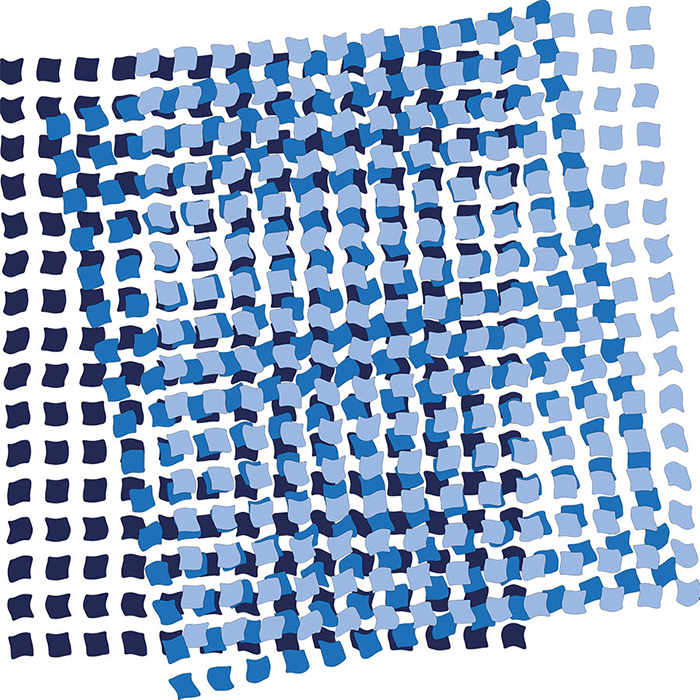 |
Rhapsody in blue-first movement
Fresco on wooden panel
cm 150 x 150 x 5
2012
|
No form within the whole of modern aesthetic production has sustained itself so relentlessly while at the same time being so impervious to change, development is precisely what the grid resists. But no one seems to have been deterred by that example, and the practice of painters like FR continues to bring forth the investigation on grid pattern, generating ever more new interesting and unseen instances of grids. |
|
|
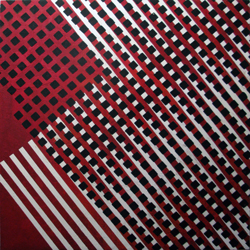
Crossroads of strips and squares
Lime mortar and pigments on
wooden panel
cm 150 x 150 x 3
|

Sukha-vipaka data stream
Fresco on curved and shaped wooden panel
Two panels each:
cm 155 x 155 x 15 |
|
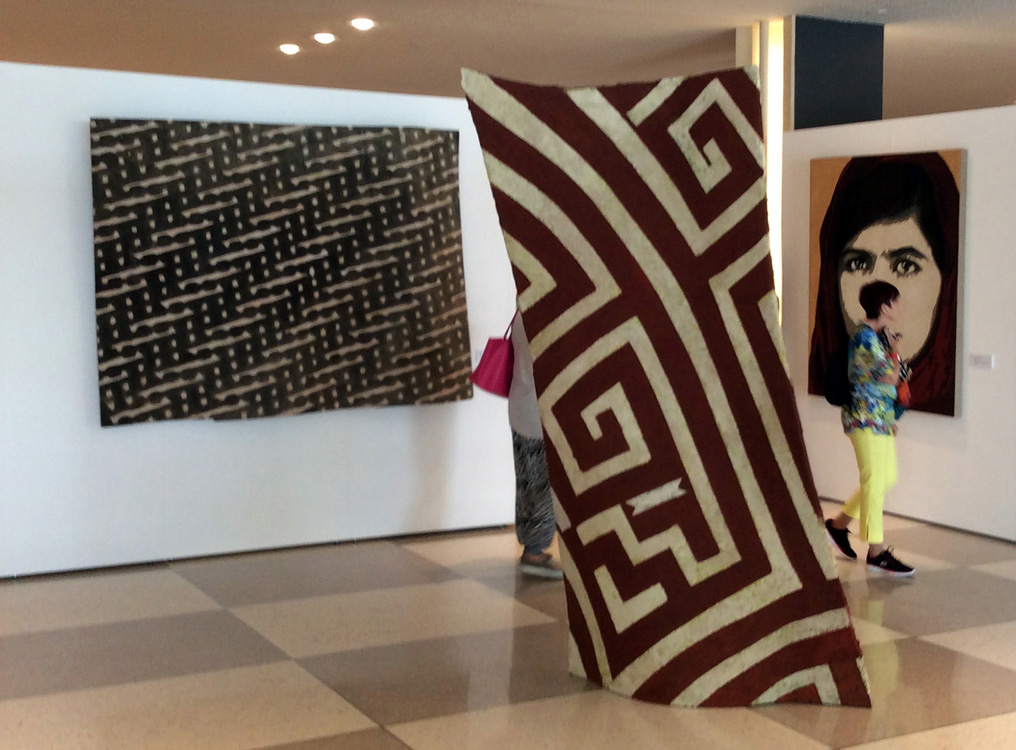
|
There are two ways in which the grid paintings by Fabrizio Ruggiero assert to be central to Contemporary Art .
One is spatial; the other is temporal.
In the spatial sense, the grid states the autonomy of the realm of art. Flattened, geometricized, ordered, it is antinatural, antimimetic, antireal. In the flatness that results from its coordinates, the grid is the means of crowding out the dimensions of the real and replacing them with the lateral spread of a single surface. In the overall regularity of its organization, it is the result not of imitation, but of aesthetic decree. Insofar as its order is that of pure relationship, the grid is a way of abrogating the claims of natural objects to have an order particular to themselves; the relationships in the aesthetic field are shown by the grid to be in a world apart and, with respect to natural objects, to be both prior and final. The grid declares the space of art to be at once autonomous and autotelic, having an end or purpose in itself.
|
|
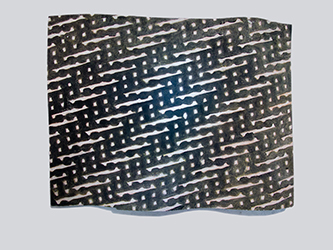
Quietly walking through Nigredo
Fresco and pigments on curved wooden panel
cm 155 x 210 x 15
--1996- |

Approaching Storm
Fresco and pigments on curved wooden panel
cm 155 x 210 x 15.
1996 |
 |
In the temporal dimension, the grid is an emblem of Contemporary by being just that: the form that is ubiquitous, combined to precipitate the grid into a position of aesthetic preeminence. But once the grid appears it seems quite resistant to change, by depriving its world of development, one is obviously not depriving it of quality.
There is no necessary connection between good art and change, no matter how conditioned we may be to think that there is. Indeed, as we have a more and more extended experience of the grid, we have discovered its capacity to serve as a paradigm or model for the antidevelopmental, the antinarrative, the antihistorical.
By "discovering" the grid, FR.. landed in a place that was out of reach of everything that went before. Which is to say, he landed in the present.
.
|
|
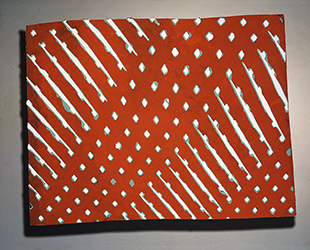
Shere Khan
Fresco with lime plaster and natural pigments
on wooden curved panel.
Cm. 114 x 152 = 45 x 60 inches |
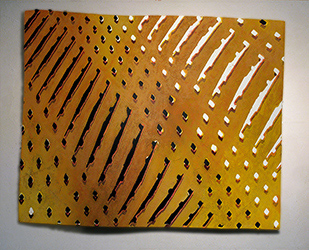
Shah-un-Dhan
Fresco with lime plaster and natural pigments
on wooden curved panel.
Cm. 114 x 152 = 45 x 60 inches |
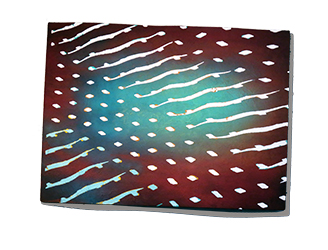
Mental landscape reflex
Fresco on curved and shaped wooden panel.
cm. 90x120 |

Mental landscape
Fresco on curved and shaped wooden panel.
cm. 90x120. |

Reflecting on a shining expanse of water
Fresco on wooden panel.
cm. 90x120.
|
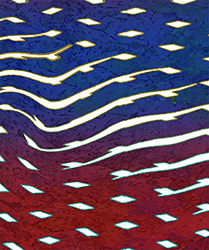
Approaching Twilight
Fresco on wooden panel.
cm. 90x120. |
<

Possible
Fresco on canvas
cm 210 x 130
1992 |
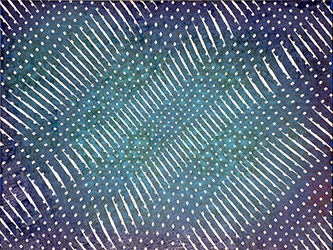
Gravitational Magnet
Fresco on wooden panel.
Cm. 76x100
|
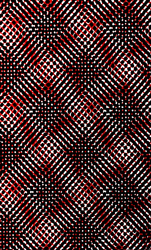
Texture
Fresco on canvas
cm. 118 x 198. |
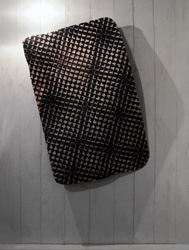
Ombroso
Lime mortar, pigments
on curved and shaped panel
cm 155 x 110 x 10
1988 |
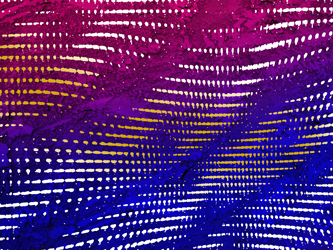
Texture
Fresco on canvas
cm. 118 x 198. |

My_Blaue-Reiter
Fresco on wooden panel.
cm. 165 x 220
2018
|
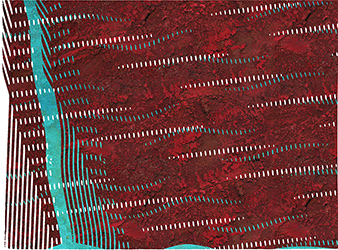
Mycenae-wave
Fresco on wooden panel
cm 80 x 110 x 3
2013 |

Feeling sensations raising and passing away
Fresco on curved and shaped wooden panel.
cm. 90x120.
|
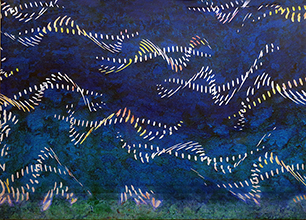
Flock of Mental Birds
Canvas
cm 80 x 110 x 3
2013 |

My Deep Sea Aquarium
Canvas
cm. 100x70 |
------------------------------------------------
MONOCHROME & ANICONIC FRESCO PAINTINGS
|
| 
A Carmine to circulate the blood happily
Lime mortar, pigments on curved and shaped panel
cm 185 x 185 x 5
2008 |

A cobalt blue for happiness
Lime mortar, pigments on curved and shaped panel
cm 185 x 185 x 5
2009 |
| Fabrizio Ruggiero offers an insight into the practice of fresco painting in Contemporary Art through a series of "MONOCROMI" |
|
| |

A green moss to calm the restlessness
Lime mortar, pigments on curved and shaped panel
cm 105 x 105 x 4
2012 |
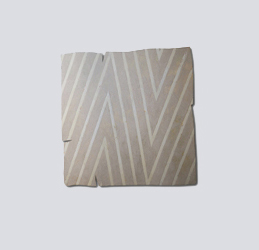
A pure white, purity
Lime mortar, pigments on curved and shaped panel
cm 185 x 185 x 5
2017 |
The very act of painting has a peculiar significance in monochrome. The themes of narrative and representation are removed, the focus is shifted to the real elements of painting, the support and its shape, tint and the way of building it up by the relationship of contiguity to the support. |
|

Grids and Mono
Lime mortar, pigments on curved and shaped panel
Four panels each: cm 155 x 100 x 5
2015 |
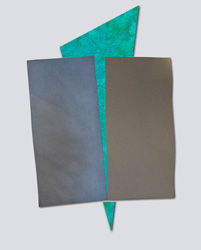
Triple monochrome
Lime mortar, pigments on curved and shaped panel
three panels each cm 90 x 210 x 5
2018 |
The absence of figures, history and narrative in monochrome paintings is intended to provoke the mind of the observer at first to generate What-you-see, then for wandering into a territory that poet Giacomo Leopardi defined as the place where “ the soul imagines what it has not seen "and, after wandering at will, the soul accepts the invitation of the monochrome and takes rest in the here and now of the unknown that surrounds it. |
|
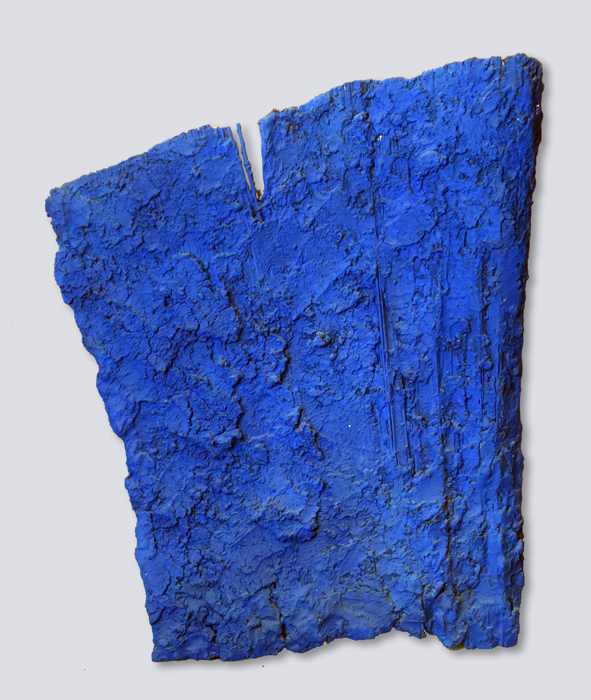
Cobalt blue fragment
Lime mortar, pigments on canniccio
cm 80 x 110
2013 |
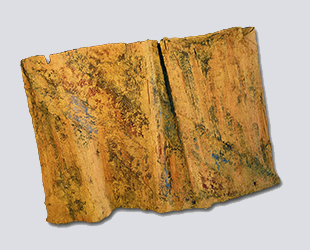
Siena Fragment
Lime mortar, pigments on canniccio
cm 80 x 110
2013 |
The retina communicates with the brain and "talks" to the mind of the beholder, the flow is in two directions; in this way, it restarts from where it came, back to where it started and going back brings along other images that were not there previously. |
|
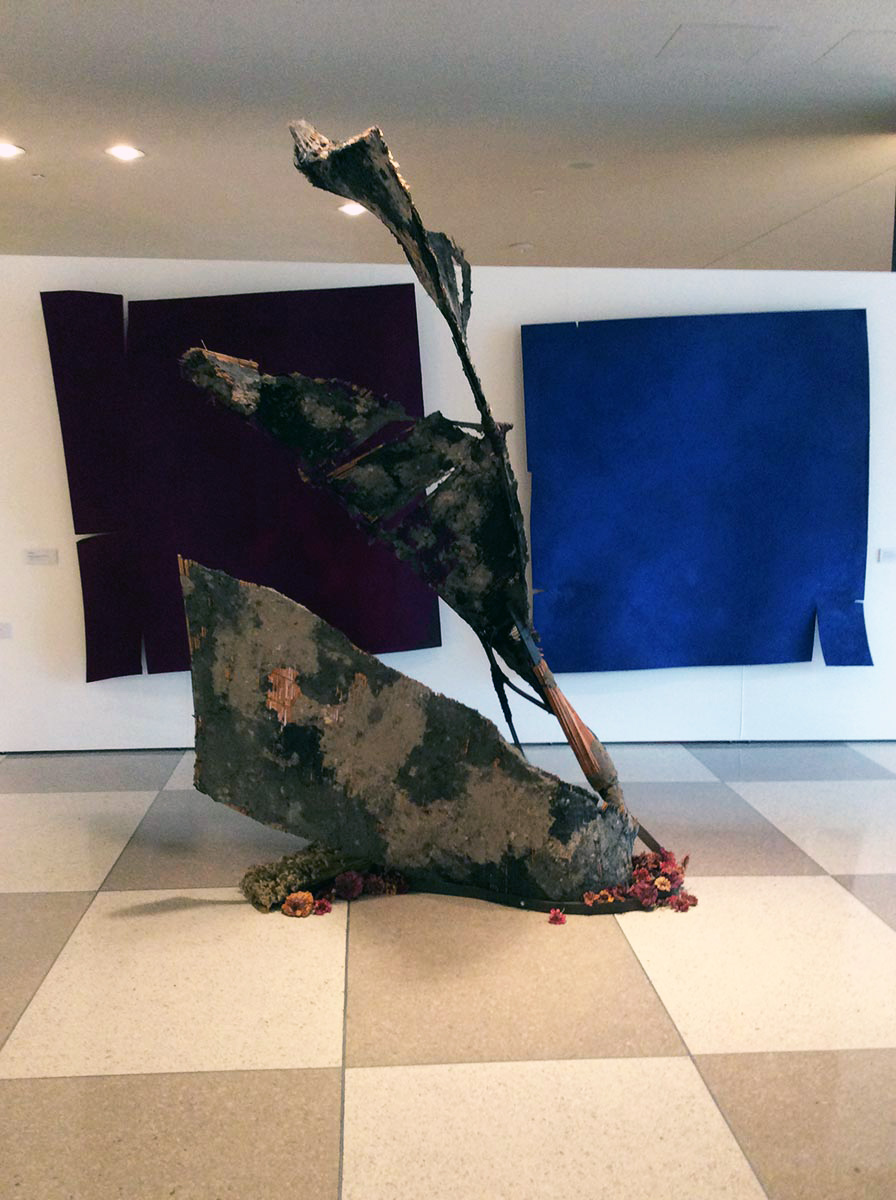
" The transformative Power of Art" Exhibition, United Nations Headquarters, New York. June 2015 |
Awareness through the sense of sight is different from the word that describes it as well as can be distinct the appearances that reality assume, however, their substance is the same. In a famous Chinese tale, Chuang-tzu dreamed of being a butterfly, but who says that is not the butterfly dreaming Chuang-tzu?
The description is not the described ,
the word is not the thing it designates.
----------------------------------
|
|
“Family Resemblances” MONOTYPES |
|
A monotype is a print, but with one major difference from other printmaking processes:
the artist creates exactly one print, instead of multiples (called editions).
This is due to the way a monotype is made.
|

Ax_1
Arches paper cm 76x56
|

Ax_2
Arches paper cm 76x56 |

Ax_4
Arches paper cm 76x56 |

Ax_3
Arches paper cm 76x56 |

Four coloured fragments, double-face |

T r a d i t i o n -M o v i n g -A h e a d
A project for Museo Bardini Florence 2015 |
|

